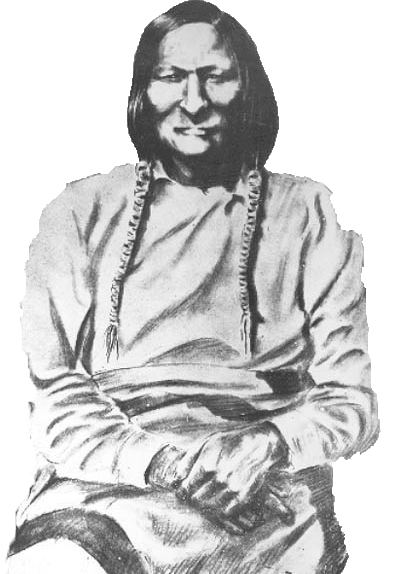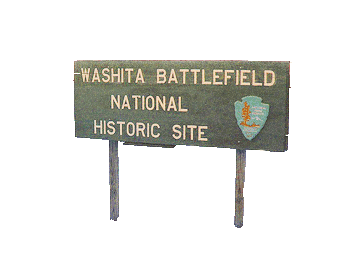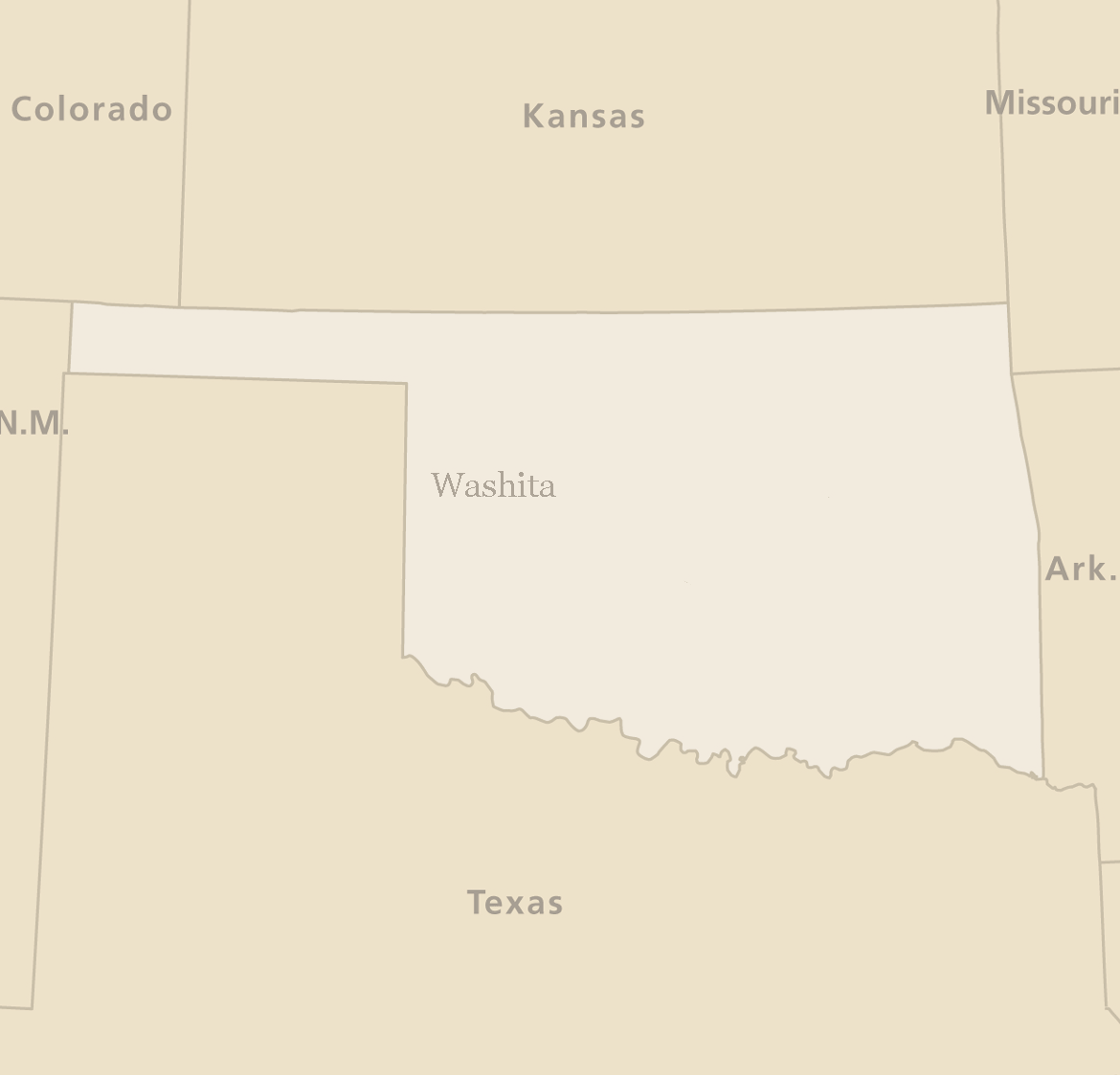Washita: A Problem in History & Memory
A Battlefield for Whom?

In the early morning of November 27, 1868, Lieutenant Colonel George A. Custer and his Seventh Calvary attacked a sleeping village of Cheyenne Indians. Peace Chief Black Kettle (pictured to the right) and several women and children were killed indiscriminately. The incident is still marred by controversy because not all the details are known and the reports that followed never proved consistent. The historical construction of the "Battle of Washita" happened almost immediately after Custer torched what remained of the Cheyenne village. He consulted with Philip Sheridan and passed down "battle" terminology which still largely defines the incident even in modern historical accounts. Currently, the National Park Service preserves and attempts to interpret the Washita Battlefield National Historic Site. The name implies two armies squaring off, but all evidence suggests that is not what happened. History and memory are conflicted at Washita.
Objective
Washita: A Problem in History & Memory is a digital project that looks at the historical construction of a key event in the 19th Century "Indian Wars." It provides historical context that challenges "battle" terminology as being an appropriate form of commemoration. It analyzes how historical narratives neglected certain perspectives and how historical language remains entrenched; this, despite contrary evidence and the collective memory of the victims.
Wounds and words—the injuries and their interpretation—cannot be separated, that acts of war generate acts of narration, and that both types of acts are often joined in a common purpose: defining the geographical, political, cultural, and sometimes racial and national boundaries between peoples. ”
-Jill Lepore, historian

